
Can You Travel with a Hamster? A Comprehensive Guide
Traveling with a pet hamster isn’t as straightforward as it might seem. It requires careful consideration of your pet’s safety, comfort, and the logistics involved.

Designing and constructing a hamster cage yourself is a fulfilling project, but safety should always be your top priority. A safe and comfortable environment is vital for your hamster’s well-being.
This guide will walk you through the essential safety considerations to keep in mind as you build your DIY hamster cage.
To design a safe and suitable cage, it’s important to understand your hamster’s natural behaviors and requirements.
Hamsters are known for their playful and curious nature. They love to explore, which means your cage design should facilitate their need to climb and burrow without risk of injury. Consider including multi-level platforms and safe burrowing materials.
Be cautious of wire floors or platforms, as they can harm your hamster’s feet. Instead, opt for solid surfaces with non-slip textures. Since hamsters are nocturnal, ensure the cage allows for a quiet and dark sleeping area during the day.
Space is crucial for hamsters. A cramped cage can lead to stress and health issues. Ensure your DIY cage provides ample space for movement, play, and exercise. The minimum recommended size for a hamster cage is 450 square inches of floor space, but bigger is always better.
Include a designated sleeping area that’s cozy and secluded, like a small wooden box or a commercially available hamster house. Your design should also consider easy access to food and water, with stable and chew-proof dishes.
The materials and design of your hamster cage play a critical role in ensuring the safety and comfort of your pet.
When choosing materials for your DIY hamster cage, safety and durability should be your primary considerations. Avoid using treated wood that may contain harmful chemicals. Instead, opt for natural, untreated wood or safe plastics.
Metals used should be coated to prevent rusting. If using wire mesh, ensure the gaps are small enough to prevent your hamster from squeezing through and getting stuck. The materials should also be easy to clean and resistant to moisture to prevent mold growth.
The design of your hamster cage should prioritize safety and ease of maintenance. Avoid designs with sharp edges or small gaps where your hamster could get stuck. The door of the cage should be securely fastened to prevent escapes but also easy to open for cleaning and feeding.
Consider a design that allows for easy disassembly or has removable parts for thorough cleaning. If you’re incorporating tubes or tunnels, ensure they are wide enough for your hamster and don’t have sharp turns that could trap or injure them.
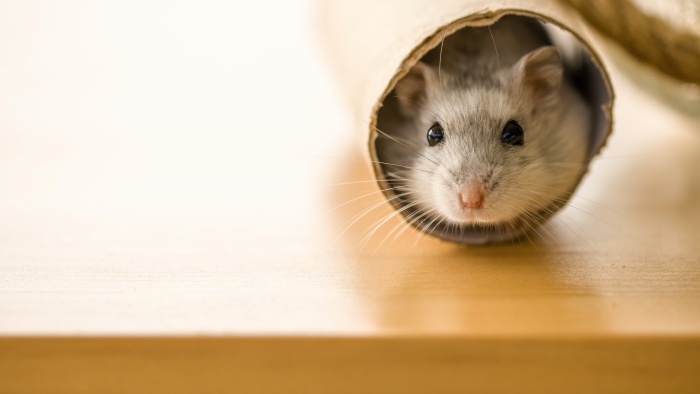
It’s essential to design your cage to minimize the risk of injuries to your hamster.
Carefully inspect every component of your hamster cage for sharp edges or points. Any metal parts should be filed down, and wood surfaces should be sanded smooth.
Check that all joining parts fit snugly without leaving gaps or protrusions. Avoid decorations or toys with small parts that could become detached and pose a choking hazard. Regularly inspect the cage for any damage or wear that could create new risks.
Hamsters are curious and will chew on almost anything, so it’s vital to keep small or breakable items out of the cage. Toys and accessories should be made of safe, chew-proof materials.
Avoid using glass or ceramic, as these can break and cause injury.
Regularly check toys for signs of wear and replace them when necessary. Ensure that exercise wheels are solid without rungs, as hamsters can catch their feet in wheels with gaps.
A well-ventilated cage is essential for your hamster’s health, but it must be designed to prevent escapes.
Good ventilation is crucial for keeping the air in the cage fresh and preventing the buildup of harmful ammonia from urine. Your design should include a well-ventilated area, such as a wire mesh section, but ensure the wire spacing is narrow enough to prevent escapes.
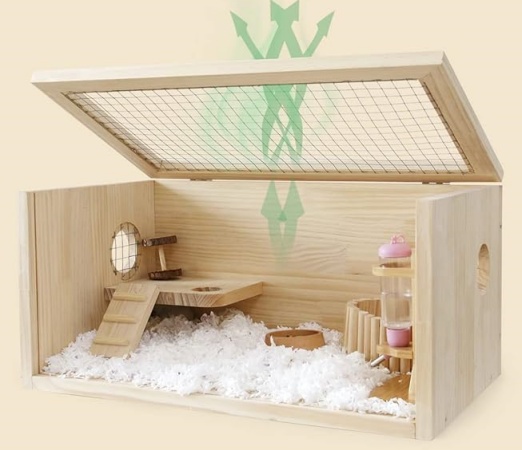
If using plastic or glass, include air vents or a mesh top. However, avoid placing the cage in direct sunlight or drafts, as extreme temperatures can be harmful to your hamster.
While ensuring adequate ventilation, it’s equally important to design these features to prevent your hamster from escaping. The mesh or bars should be close enough to prevent squeezing through.
Regularly check the integrity of these areas to ensure they haven’t been compromised by chewing or wear. If you’re using a plastic cage with air holes, ensure they’re too small for a hamster to enlarge through gnawing.
Hamsters need plenty of space to exercise and toys to stimulate their minds.
Your hamster’s cage should be spacious enough for them to move freely and get adequate exercise. Include a variety of levels and platforms for climbing.
Ensure the cage is tall enough for these structures without risking injury from falls. The exercise wheel should be appropriately sized – too small can cause back problems. Include tunnels and hideouts to mimic their natural burrowing behavior.
Toys are essential for mental stimulation and to prevent boredom. Offer a variety of toys, like chew sticks, tunnels, and bridges.
Avoid toys made from soft plastic that can be easily chewed into small pieces. Wooden toys are a good option, but make sure they’re untreated and safe. Rotate toys regularly to keep your hamster interested and engaged.
Proper installation and regular maintenance are crucial for the safety and well-being of your hamster.
Assemble your cage carefully, following any instructions closely. Ensure all parts are secure and stable. Accessories like shelves, ladders, or hammocks should be securely attached to prevent falls. Check the stability of these additions regularly, as they may become loose over time due to the hamster’s activity and chewing.
Keeping your hamster cage clean is crucial for preventing disease. Develop a regular cleaning routine to remove soiled bedding, uneaten food, and droppings.
Deep clean the cage periodically by disassembling it and washing all parts with a pet-safe disinfectant. Inspect the cage and its components during each cleaning for any signs of wear or damage, and make repairs or replacements as needed.
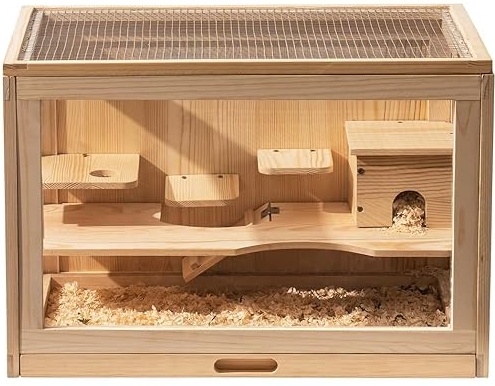
In conclusion, when building a DIY hamster cage, safety should always be your guiding principle.
By understanding your hamster’s needs, choosing the right materials, and carefully designing and maintaining the cage, you can create a safe, comfortable, and enjoyable home for your furry friend.
Remember, a well-designed cage not only ensures the health and happiness of your hamster but also provides peace of mind for you as a pet owner.
Embrace the process of crafting a safe and loving environment for your hamster, knowing that your efforts will make a significant difference in their quality of life.
Q: How often should I replace the toys and accessories in my hamster’s cage?
A: It’s recommended to inspect toys and accessories weekly for signs of wear and tear. Replace them as soon as they show significant damage or become a potential hazard. Regular rotation of toys also keeps your hamster engaged and prevents boredom.
Q: What is the best way to disinfect a hamster cage without harming my pet?
A: Use a mild, pet-safe disinfectant or a solution of diluted vinegar and water. Ensure the cage is thoroughly rinsed with water and completely dry before reintroducing your hamster. Avoid harsh chemicals as they can be toxic to your hamster.
Q: Can I use scented bedding to control odor in my hamster’s cage?
A: It’s best to avoid scented beddings as they can cause respiratory issues in hamsters. To control odor, maintain regular cleaning, and use unscented, absorbent bedding like aspen shavings or paper-based products.
Q: How can I make sure the wire mesh in my hamster cage is safe?
A: Ensure the wire mesh has a spacing no wider than 1/2 inch to prevent escapes and injuries. Check the mesh for any sharp edges or loose wires, and file them down if necessary. Regularly inspect the mesh for signs of chewing or damage.
Q: What’s the ideal location to place a DIY hamster cage in my home?
A: Place the cage in a quiet area away from direct sunlight, drafts, and high-traffic zones. Ensure the room temperature is consistent and comfortable for your hamster, ideally between 65-75°F (18-24°C). Avoid placing the cage near loud noises or vibrations, as hamsters are sensitive to stress.


Traveling with a pet hamster isn’t as straightforward as it might seem. It requires careful consideration of your pet’s safety, comfort, and the logistics involved.
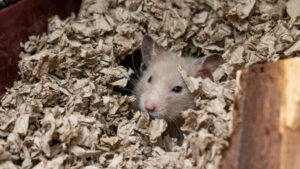
Finding the best hamster cage for Syrian hamster is crucial, as these curious, low-maintenance, and independent pets thrive in the right environment. The primary concern

When I began, the task of selecting essentials for a natural hamster habitat was daunting. To ease this process, I’ve assembled an exclusive set of

Have you ever wondered, “Are hamsters happier in bigger cages?” Generally YES. It’s a question that might seem straightforward, but there’s more to it than
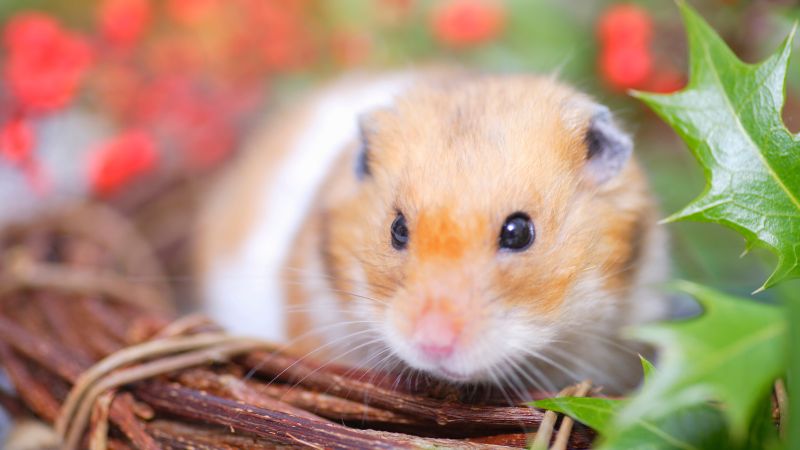
Traveling with a pet hamster isn’t as straightforward as it might seem. It requires careful consideration of your pet’s safety, comfort, and the logistics involved.
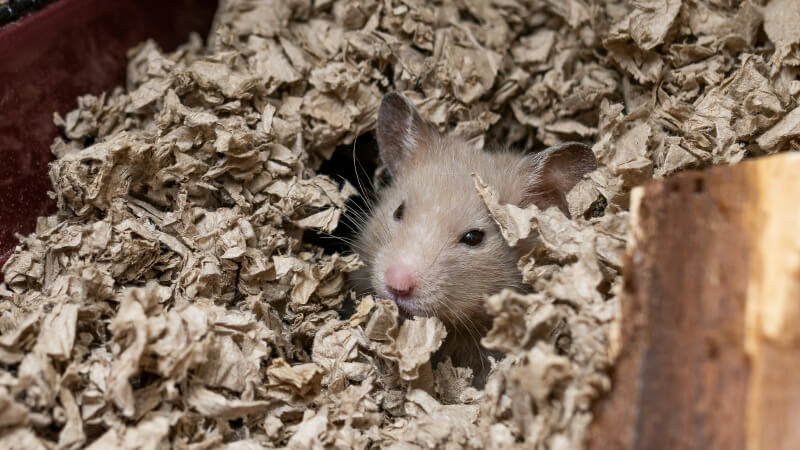
Finding the best hamster cage for Syrian hamster is crucial, as these curious, low-maintenance, and independent pets thrive in the right environment. The primary concern

When I began, the task of selecting essentials for a natural hamster habitat was daunting. To ease this process, I’ve assembled an exclusive set of

Have you ever wondered, “Are hamsters happier in bigger cages?” Generally YES. It’s a question that might seem straightforward, but there’s more to it than